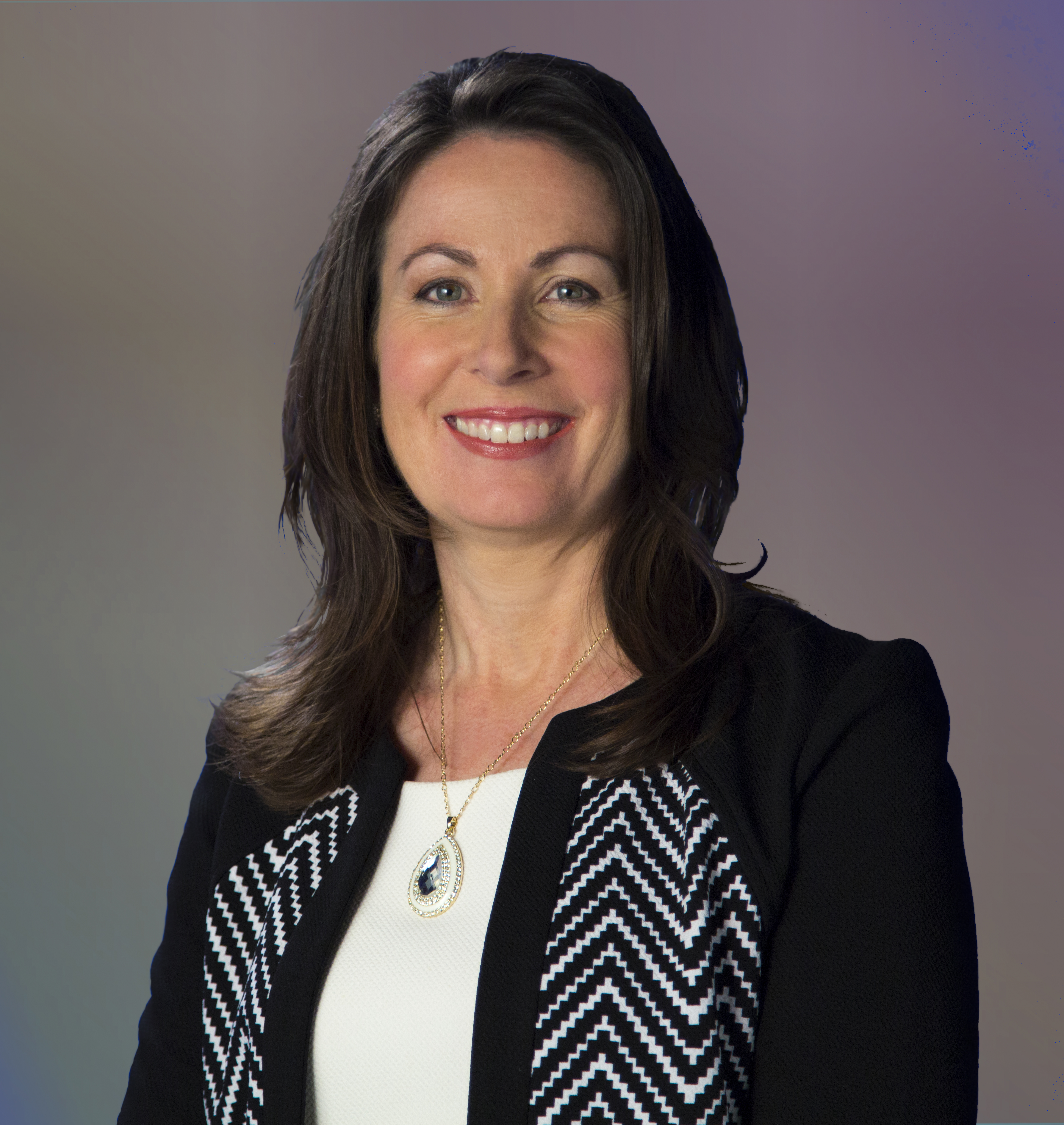“Life is pleasant. Death is peaceful. It's the transition that's troublesome.” ― Isaac Asimov
With both an aging population and an increase in treatment options to keep us living longer than ever before, it is time to rethink end-of-life care and communication (1, 2). When elderly people become ill, it can be challenging for healthcare professionals to recognize when a patient is ready for the transition from curative care (managing and treating illness) to palliative care.
“It’s a complex issue,” says Dr. You, a clinician at the Hamilton General Hospital in Ontario, Canada and expert in end-of-life communication. For one thing, our healthcare system focuses on helping to cure or manage sickness. As Dr You points out, “Hospitals were designed with cure in mind, to make people better.” As a result, elderly patients may receive unnecessary treatments which emphasize cure when they would benefit from a palliative focus to maximize their comfort and quality of life in their last days (3).
Our understanding of the transition from curative to palliative care has recently been enhanced, thanks to an extensive review by researchers in the United Kingdom who examined whether improving this transition could reduce hospital admissions and length of stay. This review used a variety of methods including: two systematic reviews; surveys, focus groups and interviews with health professionals, patients and key decision-makers; and case review (3).
What the research tells us
Unfortunately, when it comes to navigating the transition to end-of-life care, both patients and their doctors may not recognize when the time is right. The results show that health professionals find it difficult to determine when a patient has entered the last 12 months of their life and even when they do, patients are often kept in the dark about their prognosis. None of the elderly patients interviewed had actually discussed their care preferences while in hospital. As a result, people are spending more time in hospital than they may need or prefer (3).
The review also found that many health professionals adopt an “either/or” approach to curative or palliative care rather than a blended approach: continuing to provide treatment options while enhancing comfort and preparing for end-of-life. The researchers reported that many health professionals believe older people are more likely to accept a terminal diagnosis, simply because they are elderly. This may not actually be the case for some patients (3). In fact, in Dr. You’s experience, “other patients are relieved to hear an honest assessment of their prognosis, and for many patients this can create a space for other important discussions to occur” about their goals and wishes for care at end of life.
Although these results are based on the UK experience and may not apply to every healthcare system (or every healthcare team) they are worth considering, both for elderly patients and those who care for them.
What an expert tells us
Dr. You agrees that end-of-life communication is challenging for many health professionals - being clear about a prognosis and offering options for both treatment and palliative care may not be easy to do in practice.
For one thing, the nature of many chronic health conditions means that people can experience “ups and downs” in their health: for a while the treatment may be working well and all looks good, but then the patient’s health can take a turn for the worse. “Clinicians will often say it is a bit difficult to predict exactly where patients are in this cycle and what their prognosis is. Clinicians tend to be over-optimistic in their prognosis of survival, often by a lot… There is always one more treatment to try even when things look grim and dire.” As a result, “things can be pushed off quite late until there are no more options, literally often days before patients die. This can rob patients and families of precious time to make important decisions.”
Also – and understandably – few people want to discuss death and dying, even clinicians. Dr. You has found that when patients and families face serious illness, often emotions run high and it can be difficult for health professionals to discuss end-of-life decisions at the risk of destroying hope or making patients and families feel abandoned. Clinicians struggle to “know what words to say or how to start those conversations.”
A Canadian research network – of which Dr. You is a member – aims to improve end-of-life communication between healthcare providers and patients and is working to develop tools to support end-of-life decision-making. As a first step, he also strongly encourages everyone to think about their values and “What kind of living is worth living for you” and share these values with family, caregivers and especially those who will be making decisions on your behalf. For example, Dr. You says he would be willing to go through a lot if at the end of the day he could recognize and interact with his family and loved ones and listen to music.
This simple guidance can be very helpful if the need arises for others to make medical decisions on his behalf. Be sure to revisit these conversations: “What I consider to be an acceptable quality of life at 42 might be very different when I’m 72.”
Check out the ‘Speak Up’ website
Resources and tools to help guide your advance care planning www.advancecareplanning.ca
Access the free online Advance Care Planning Workbook www.myspeakupplan.ca






